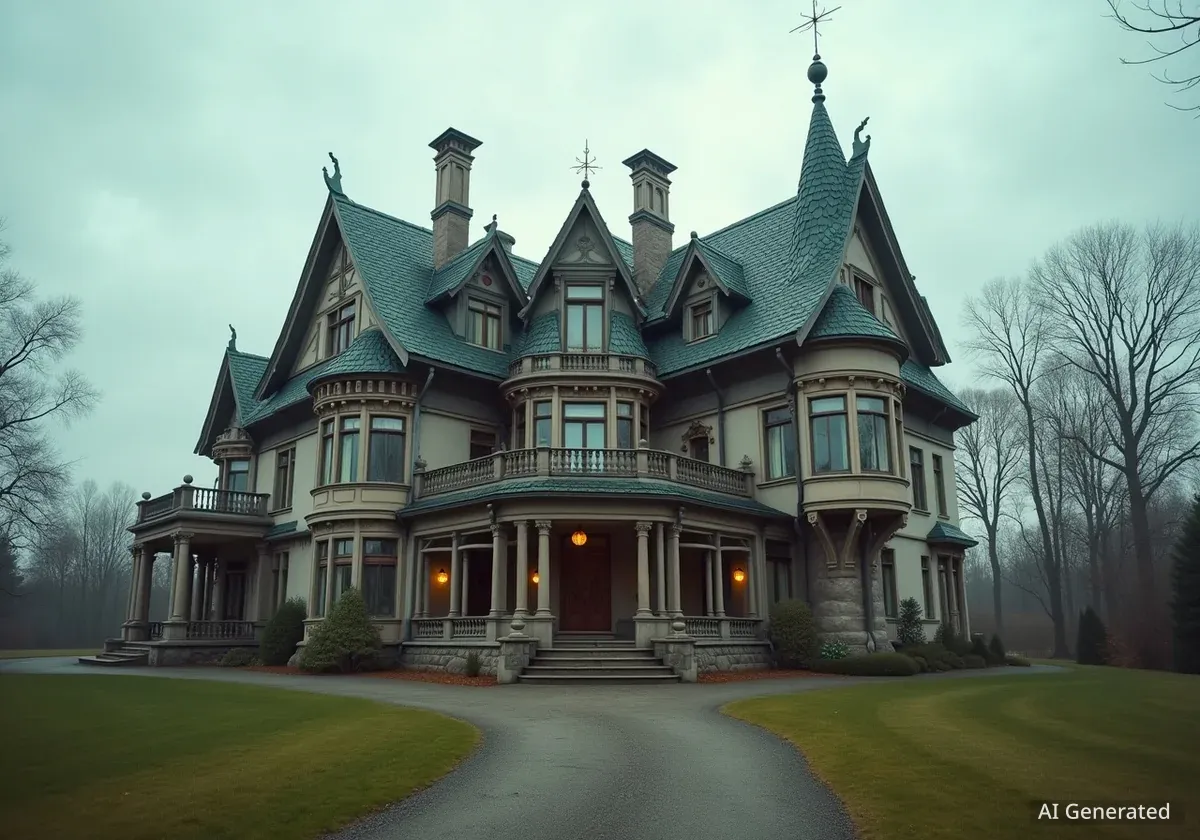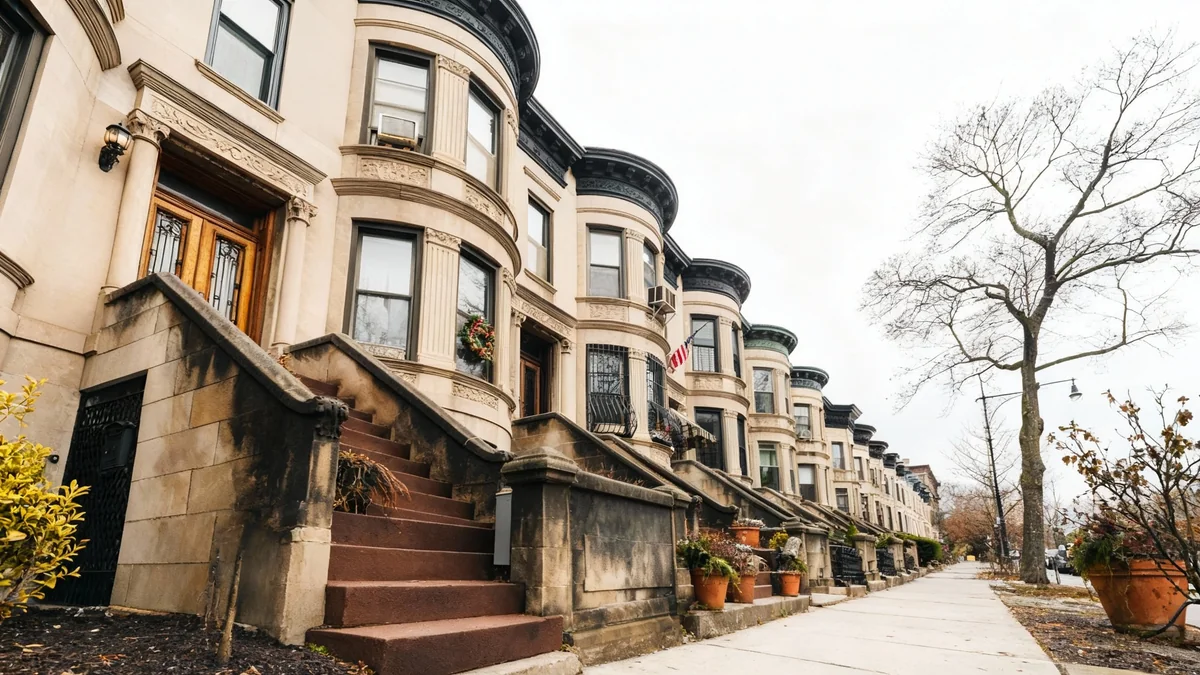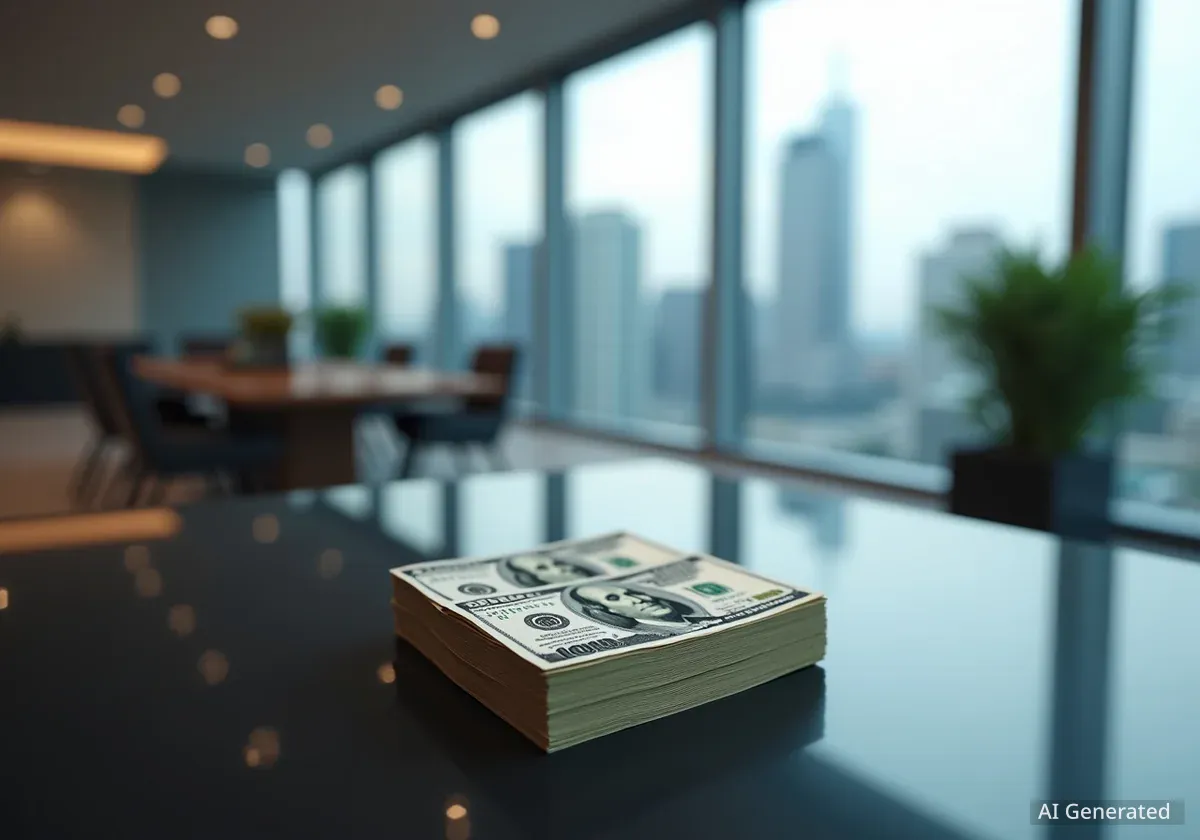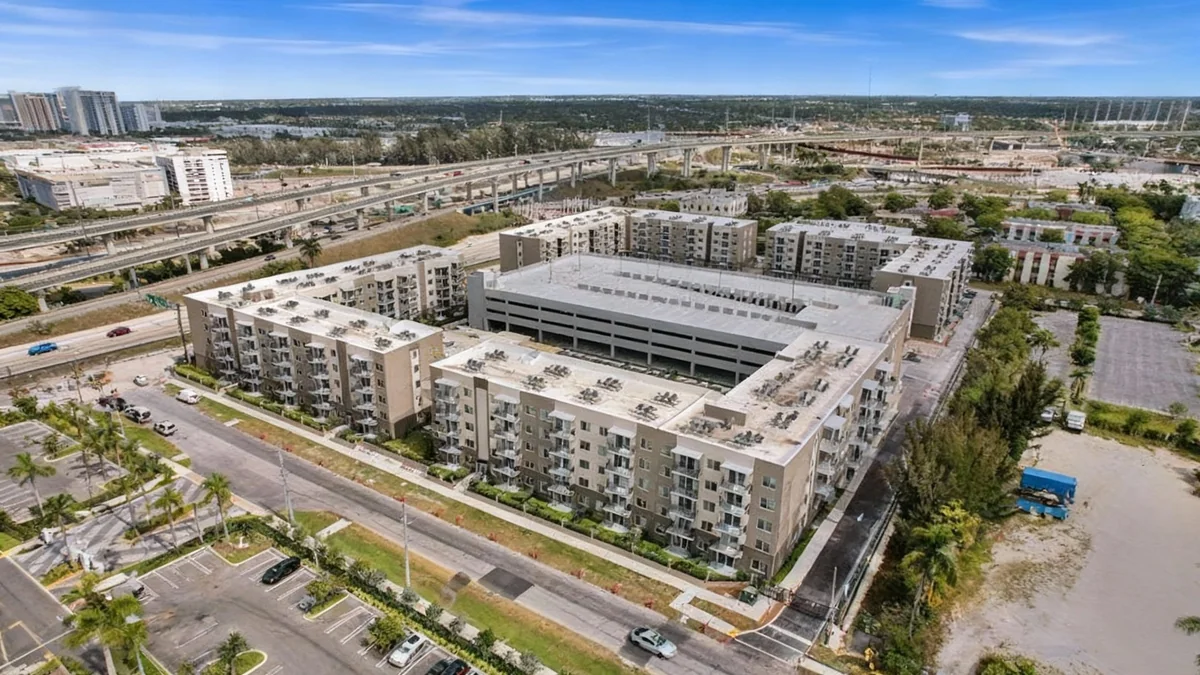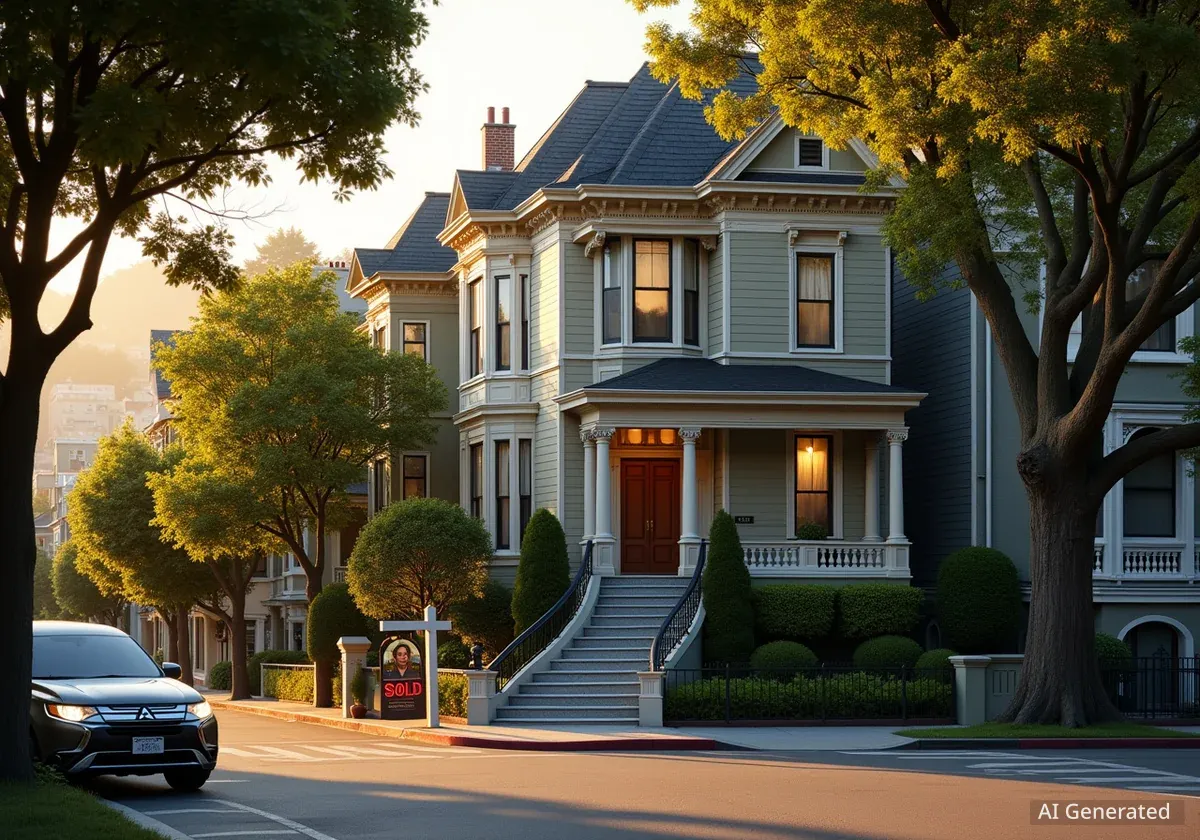A real estate listing for a mansion in Germany has attracted significant attention on social media, where users have widely criticized its architectural and interior design choices. The property, shared on the popular online forum Reddit, prompted a debate about modern residential architecture and the characteristics of so-called "McMansions."
The discussion originated in the subreddit r/McMansionHell, a community dedicated to critiquing large, mass-produced homes that are often considered poorly designed. Users pointed to the German property's unconventional exterior and impractical interior layout as prime examples of questionable architectural trends.
Key Takeaways
- A real estate listing for a mansion in Germany went viral on the social media platform Reddit.
- The property was heavily criticized for its unusual architectural style and interior design in the r/McMansionHell community.
- Online commenters described the interior as a "nightmare," pointing to numerous support columns and awkward living spaces.
- The incident highlights the ongoing cultural conversation around "McMansions," a term for large, ostentatious, and often inefficiently designed houses.
An Unconventional Design Goes Viral
The property first gained notoriety after a user posted several images from its real estate listing to Reddit. The photographs showcased a building with a jarring combination of architectural elements, including asymmetrically placed windows and seemingly tacked-on balconies. The exterior's lack of a cohesive style immediately drew comments from community members.
However, it was the interior photos that generated the most intense criticism. The living spaces were depicted with garish marble finishes and a surprising number of structural support columns, which appeared to obstruct movement and create impractical room layouts. One particular image showed several overstuffed armchairs squeezed into a small space directly beneath a staircase, a feature that users found particularly baffling.
Online Community Reaction
The response to the listing was swift and largely negative. Members of the r/McMansionHell subreddit, which has over 800,000 members, began dissecting the property's flaws. The conversation quickly grew, with hundreds of comments analyzing the design choices.
"The inside is a total nightmare," one user commented, a sentiment that was echoed by many others in the thread.
Another commenter focused on the specific design elements that made the home appear unlivable. "I think my favorite features are the very uncomfortable living space of overstuffed club chairs crammed under the stairs and the forest of columns supporting the roof," they wrote. The sheer number of columns became a recurring point of discussion, with many questioning their structural necessity versus aesthetic purpose. The conversation also included speculation about the design process itself, with one user asking, "Was that designed by AI??"
Understanding the Term 'McMansion'
The term "McMansion" is a slang portmanteau of "McDonald's" and "mansion," used to describe a specific type of large, mass-produced suburban house. According to Investopedia, these homes are often seen as ostentatious and lacking in unique architectural character. They typically feature a mix of historical styles, complex rooflines, and an oversized footprint on a small lot.
Broader Architectural and Social Critique
The viral nature of the German listing taps into a wider cultural critique of modern residential architecture. The popularity of communities like r/McMansionHell suggests a growing public interest in architectural principles and a dissatisfaction with homes that prioritize size over thoughtful design, quality, and sustainability.
Critics of the McMansion style argue that these homes are often built with lower-quality materials and are highly inefficient. Their large size and poor insulation can lead to excessive energy consumption for heating and cooling. According to The Spruce, an online home resource, such properties "guzzle precious materials, promote excessive energy use, and exacerbate the climate emergency." This stands in stark contrast to a growing movement toward sustainable and regenerative architecture that prioritizes environmental responsibility.
A Shift in Housing Preferences
In recent years, there has been a noticeable shift away from the McMansion trend. Factors contributing to this decline include high construction and maintenance costs, changing aesthetic preferences among younger buyers, and a greater awareness of environmental impact. Many potential homeowners are now exploring more sustainable and affordable alternatives.
The Rise of Alternative Housing
As large, inefficient homes fall out of favor, other housing models have gained popularity. The "tiny home" movement, for example, represents a direct response to the perceived excess of McMansions. These compact dwellings, typically under 500 square feet, emphasize simplicity, efficiency, and affordability.
Key characteristics of the tiny home trend include:
- Lower Costs: Tiny homes can often be built or purchased for a fraction of the cost of a traditional house, with some DIY projects costing under $40,000.
- Reduced Environmental Footprint: Their small size requires fewer building materials and consumes significantly less energy for heating, cooling, and electricity.
- Mobility and Flexibility: Many tiny homes are built on wheels, offering owners the flexibility to relocate without selling their property.
- Simplified Lifestyle: Proponents of the movement often cite a desire to live with fewer possessions and reduce their focus on material consumption.
These smaller homes can be connected to standard utilities and offer a practical living solution for individuals and small families seeking to avoid the financial burden of a large mortgage and high utility bills. The contrast between the viral German mansion and the principles of the tiny home movement highlights the diverse and often conflicting values present in today's housing market.

